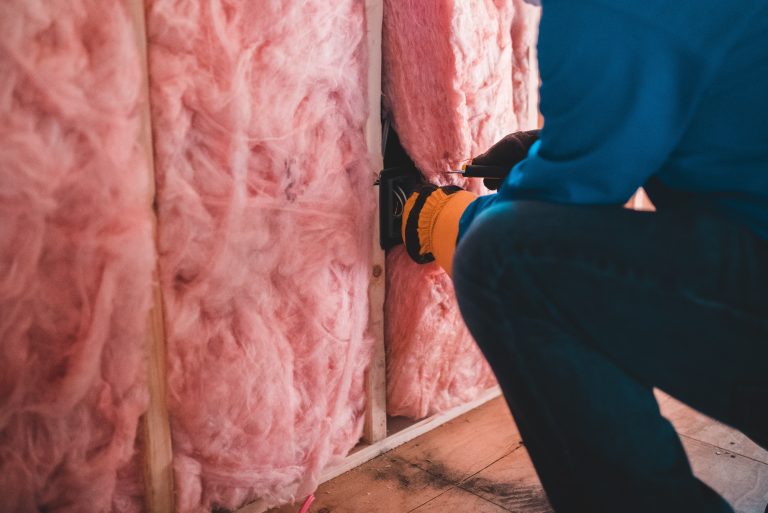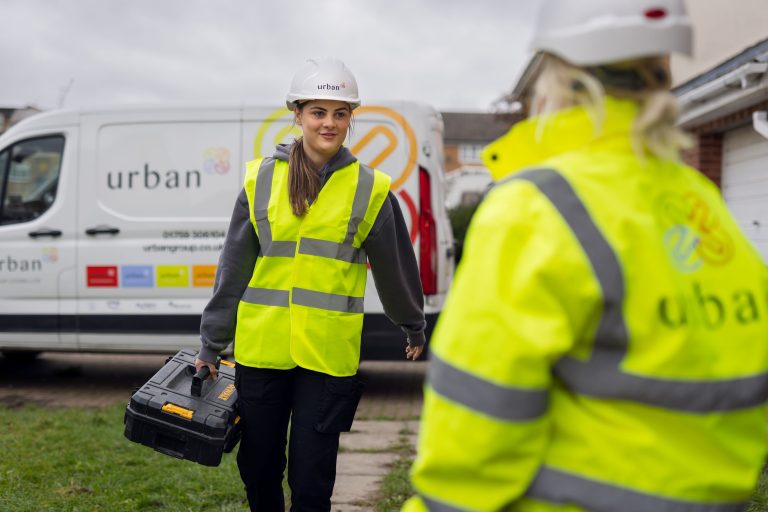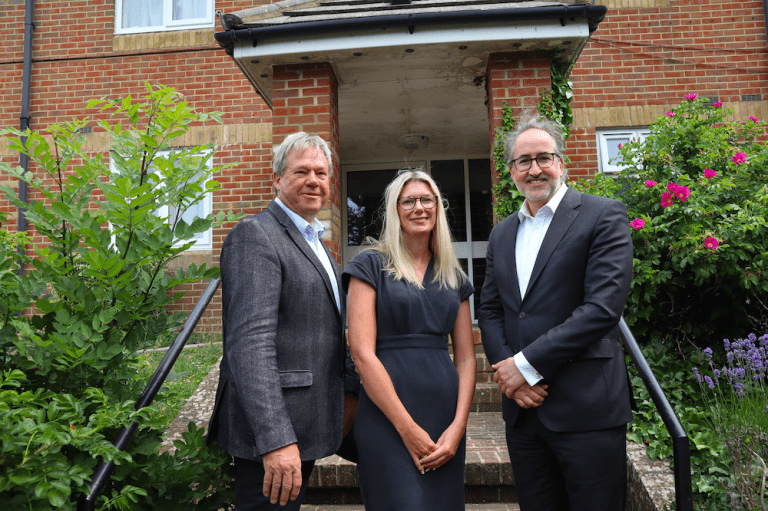The latest research from digital property pack provider, Moverly, has found that the vast majority of UK property professionals believe the provision of upfront information is positive for the property industry, with the biggest reasons being an improved level of transparency for homebuyers, a streamlined conveyancing process and the reduced chance of a fall through. The survey of UK property professionals, commissioned by Moverly, asked if the upfront provision of pertinent information related to a transaction was a positive when it came to the process of buying and selling property – with a huge 90% of those surveyed stating it was. Such information can be provided via Home Information Packs, which collect the essential details and documentation that homebuyers need access to when considering the purchase of property – such information includes EPC certificates, title documents, and Local Authority searches among many other things. HIPs are not a new idea. In fact, they were introduced to parliament by the last Labour government but then the David Cameron-led coalition government abandoned the idea in 2010. When asked why they thought the original introduction of HIPs failed, those surveyed by Moverly stated the reliability of the information provided was the biggest reason, while the upfront cost incurred by sellers also acted as a deterrent. However, last year, Secretary of State for Levelling Up, Housing and Communities, Michael Gove, committed to reintroducing the previously abandoned Home Information Pack as part of the government’s Levelling Up ambitions. But what’s changed? Well today, technology allows us to securely store our personal information while also providing us with the ability to easily share it with stakeholders across various processes, whether it be online shopping, electronic banking and much more. The landscape hasn’t just evolved, it’s a completely new world when compared to the old analogue processes of previous years and this makes it far easier for the consumer. This transformation has already benefited the property sector in many areas and Moverly found that 87% of property professionals think that HIPs could be better placed to succeed in today’s market, due to the further digital disruption of the industry and our ability to share data electronically. When asked what they believe the biggest advantage would be if HIPs were to return, a greater level of transparency for buyers ranked top, followed by a reduced conveyancing timeline, as well as a lower chance of transactions falling through – however, just 37% think their reintroduction should be mandatory. 56% think the cost of HIPs should be incurred by the seller, although some believe it should be the responsibility of the buyer (22%), the agent (14%) and the conveyancer (7%). The majority (59%) also believe that there should be multiple HIPs providers to help drive the standard of service through competition, although they should be regulated by one single authority. Moverly co-founder Ed Molyneux, commented: “We believe that HIPS are absolutely essential if the housing market is to solve the perpetual issues of inefficiency and snail-paced processes. Of course you’d expect us to say that, but it turns out the vast majority of property professionals also recognise the benefits the provision of upfront information can bring. While HIPs may have originally been designed to help buyers, everyone within the transaction timeline benefits from greater transparency, greater stability and a more certain outcome. They can also greatly reduce the risk of sales falling through due to broken chains, saving both buyer and seller money in the process, as well as reducing the chances of gazumping, issues that have been rife in the UK market in recent years. Those who oppose HIPs do so based on the fact that a cost traditionally incurred by the buyer is transferred to the seller. While this may be the case, the cost of HIPs is dramatically lower today and sellers are also far better placed to absorb a marginal additional cost that could save them thousands of pounds in costs incurred should their sale collapse. What’s more, the advancement of technology and how we share information today, means that the ability to provide reliable information has been hugely improved.” Data tables Data tables and sources can be viewed online, here. Building, Design & Construction Magazine | The Choice of Industry Professionals














